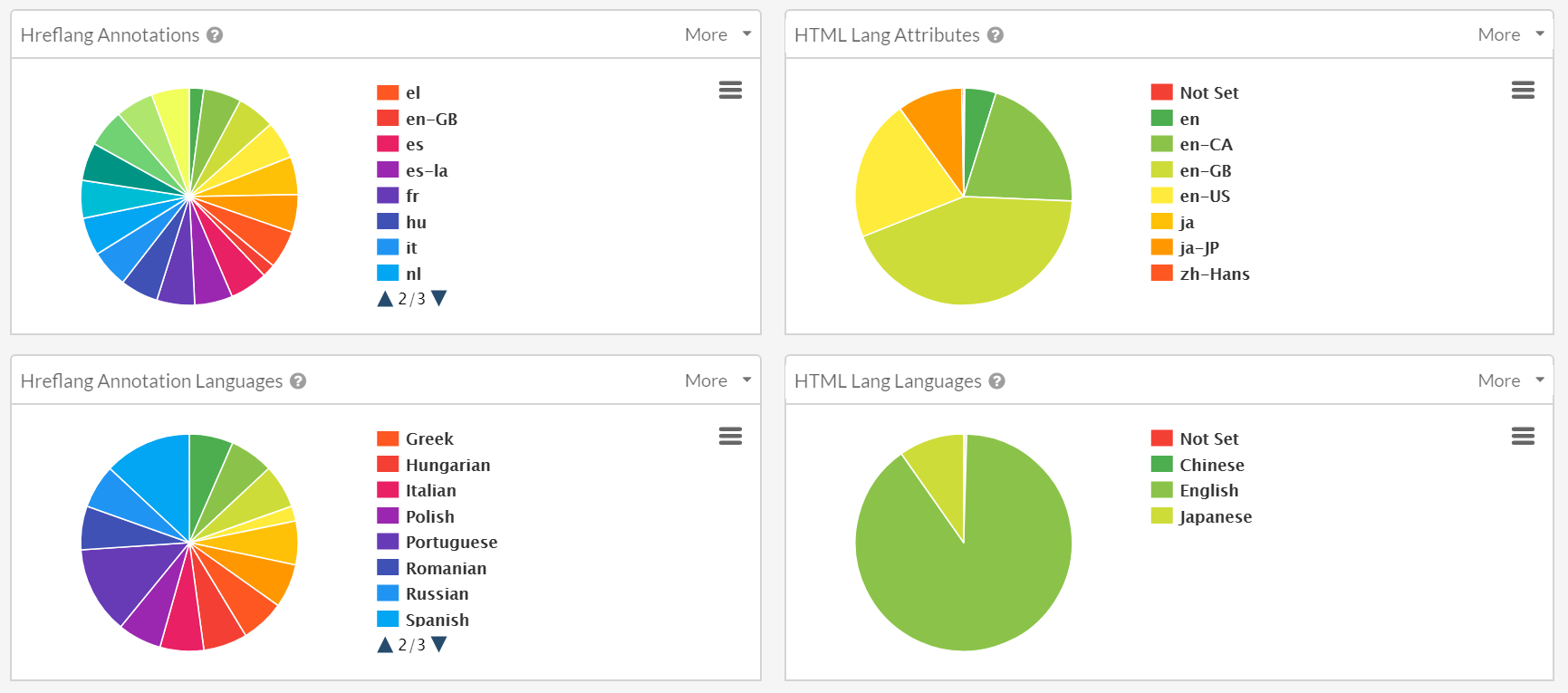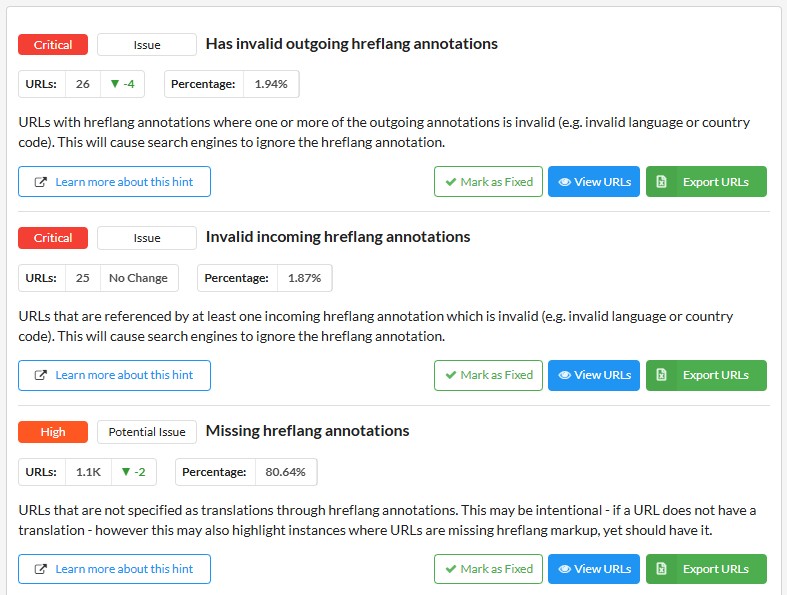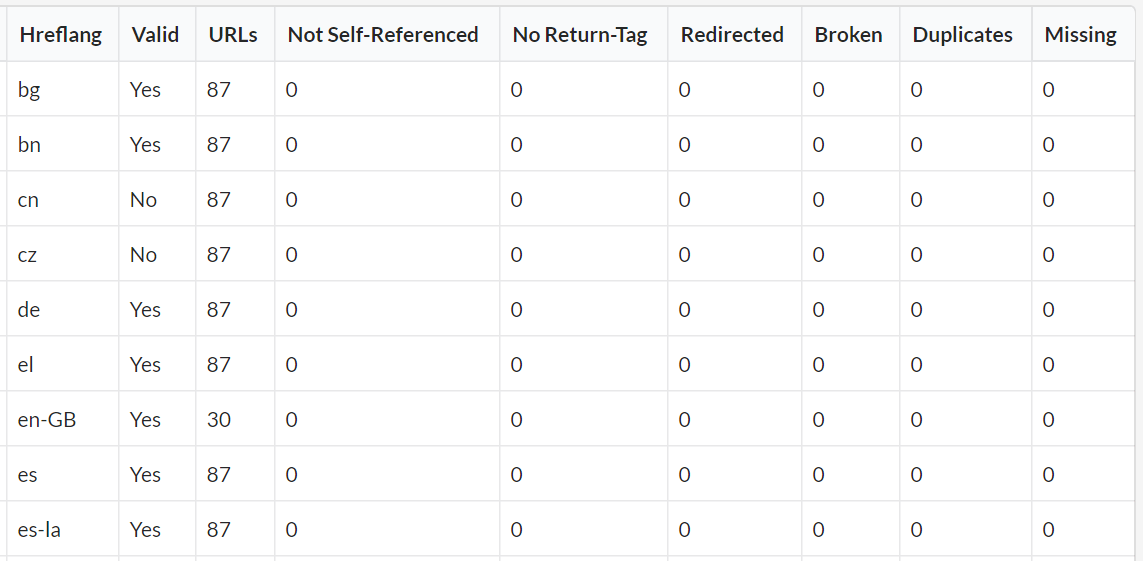An hreflang checker to enhance your international SEO
Use Sitebulb’s comprehensive hreflang checker and validator to maximize your opportunities in international markets.

“I've started using Sitebulb as a SEO Contractor for Adidas. Shortly after signing up for it we've found it indispensable for spotting minor technical SEO issues at scale. Some of the technical issues that Sitebulb helped us tackle include international SEO targeting through validating hreflang tags. We were also quite keen to work with the platform's Audit scores to monitor the progress of our efforts over time and use Sitebulb's data visualisation features for better understanding our own URL and linking structures.”
Sitebulb offers the most comprehensive hreflang checker of any crawler on the planet. The crawler will find and check every hreflang variation, even if this means crawling multiple domains and parsing hundreds of sitemaps. It will pull all the data together, then give you specific recommendations to fix your hreflang configuration issues.
There are a myriad of ways to set up hreflang markup – sitemaps or HTTP headers, subfolders or ccTLDs – so you really need to check all of them if you want the complete picture of your internationalization efforts.
Every single alternate URL found while crawling gets added to the crawl scheduler and then gets crawled itself – whether found in the HTTP header, in a sitemap, or in the HTML. This includes URLs that exist on separate domains or subdomains (e.g. a ccTLD like example.de).
Sitebulb actually goes beyond this, and also checks the HTML lang tag, so you can see if there is a mismatch in the language declarations.
Sitebulb ensures you will always have the full dataset in order to make the right recommendations.

Hreflang is designed to be both reciprocal and self-referential. These are fancy words for really simple concepts:
If you mess up either of these, Google will ignore the hreflang annotation. Sitebulb will tell you every instance you miss either of these important tags.

Hreflang must use a valid format in order to be counted. The means that countries must be declared using the ISO 3166-1 standard, and languages must be declared using the ISO-639-1 standard. Declaring a country or language that does not appear in these lists would be an example of invalid hreflang (e.g. ‘en-uk’ instead of ‘en-gb’ for an English page targeted to the UK).
Sitebulb will check validity amongst a range of other quality checks:

When using hreflang markup, each URL may only have a single, unique association. Similarly, all other hreflang markup on other pages or sitemaps must refer to this URL as consistently the same.
With multiple sitemaps or subdomains to manage, it is easy for inconsistencies to creep in, giving the likes of Google mixed messages about your translated content.
Sitebulb will identify any duplications or inconsistent references throughout your sites and sitemaps.
Find, fix and communicate technical issues with easy visuals, in-depth insights, & prioritized recommendations across 300+ SEO issues.
Get all the capability of Sitebulb Desktop, accessible via your web browser. Crawl at scale without project, crawl credit, or machine limits.